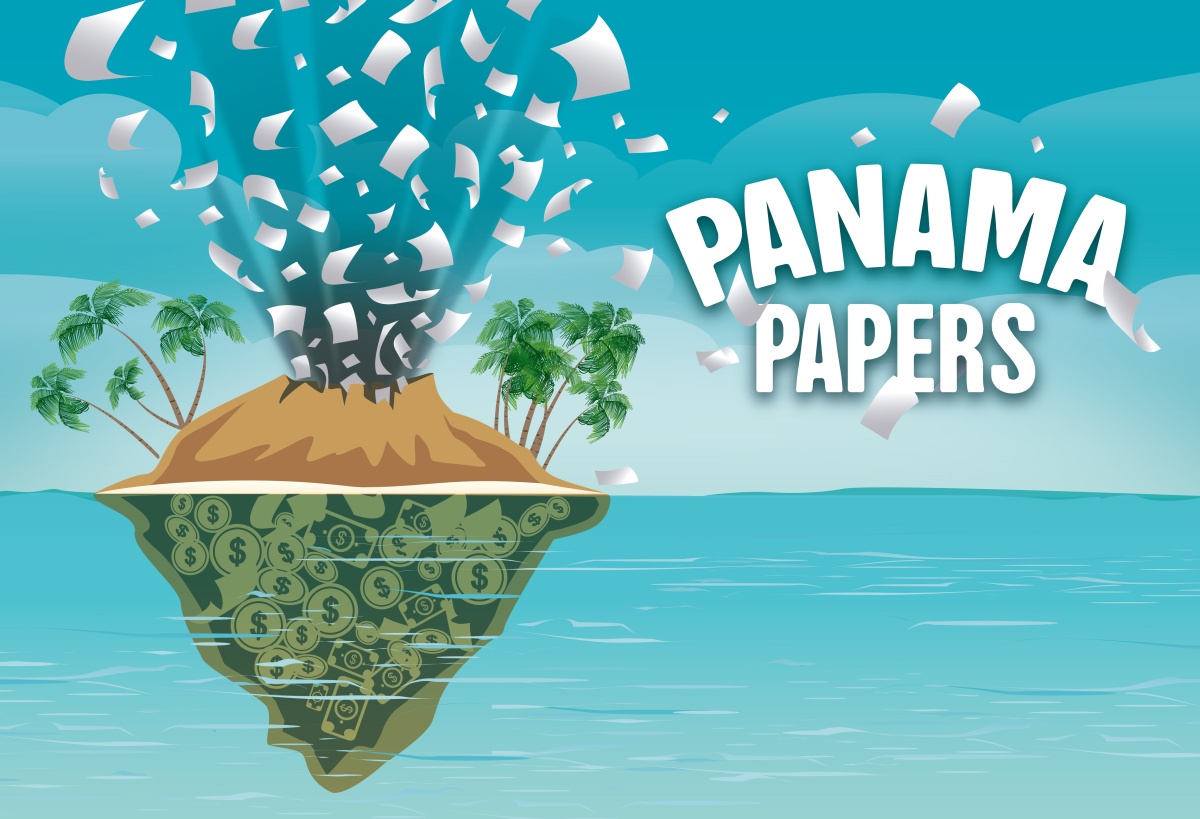
The Panama Papers and the Topology of Power
April 5, 2016
DT Cochrane
Reportage of the Panama Papers, leaked documents from the Panama-based law firm Mossack Fonseca, is getting intense attention. The papers reveal the use of shell companies to shelter wealth on behalf of many high profile political figures. Debates have erupted about the meaning of the documents and what they reveal about the global elite. Some claim this merely confirms what everyone knows. Some remind us that such wealth management schemes are not automatically illegal. An op-ed in Time suggested these papers could lead to “capitalism’s greatest crisis.” One particularly insightful analysis connected this kind of off-shore housing of wealth with the San Francisco housing crisis.
Among much else, the Panama Papers reveal – once again – how capital and accumulation operate across the legal-illegal divide. It is extremely lucrative for the businesses that operate across this divide. They serve as legitimizing mechanisms turning the illicit into the licit. Illicit funds, although constituting a form of capital, and expressing an owner’s power, are much more limited in their potential. They are a heavily discounted form of power. That is why powerful figures in black markets require more traditional mechanisms of power – weaponry and quasi-armies – to augment the power of their wealth. It is because they greatly reduce this ‘illegality discount’ that the businesses involved in laundering illicit funds are so well rewarded.
One of the questions to be asked now is how otherwise legal entities related to the funds in these shell companies. As detailed in the San Francisco analysis, condo developments, with everything else implicated in that, are connected to these funds. Where else has this money flowed? Whose share prices have been boosted by newly laundered money? What investment opportunities were occupied by formerly illegal forms of capital? Just how much of a role has this money played in transforming the on-going redistribution of wealth in the capitalist landscape?
